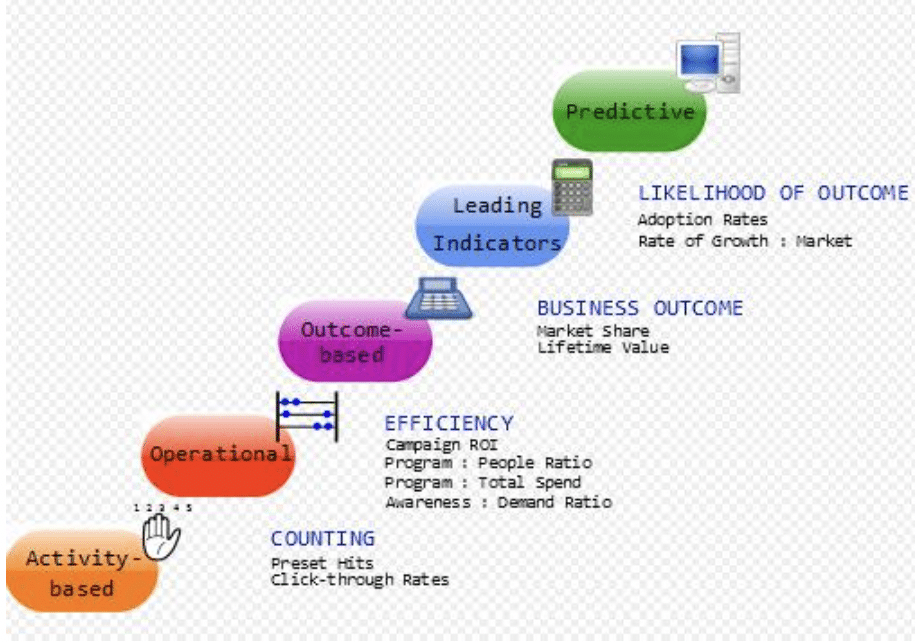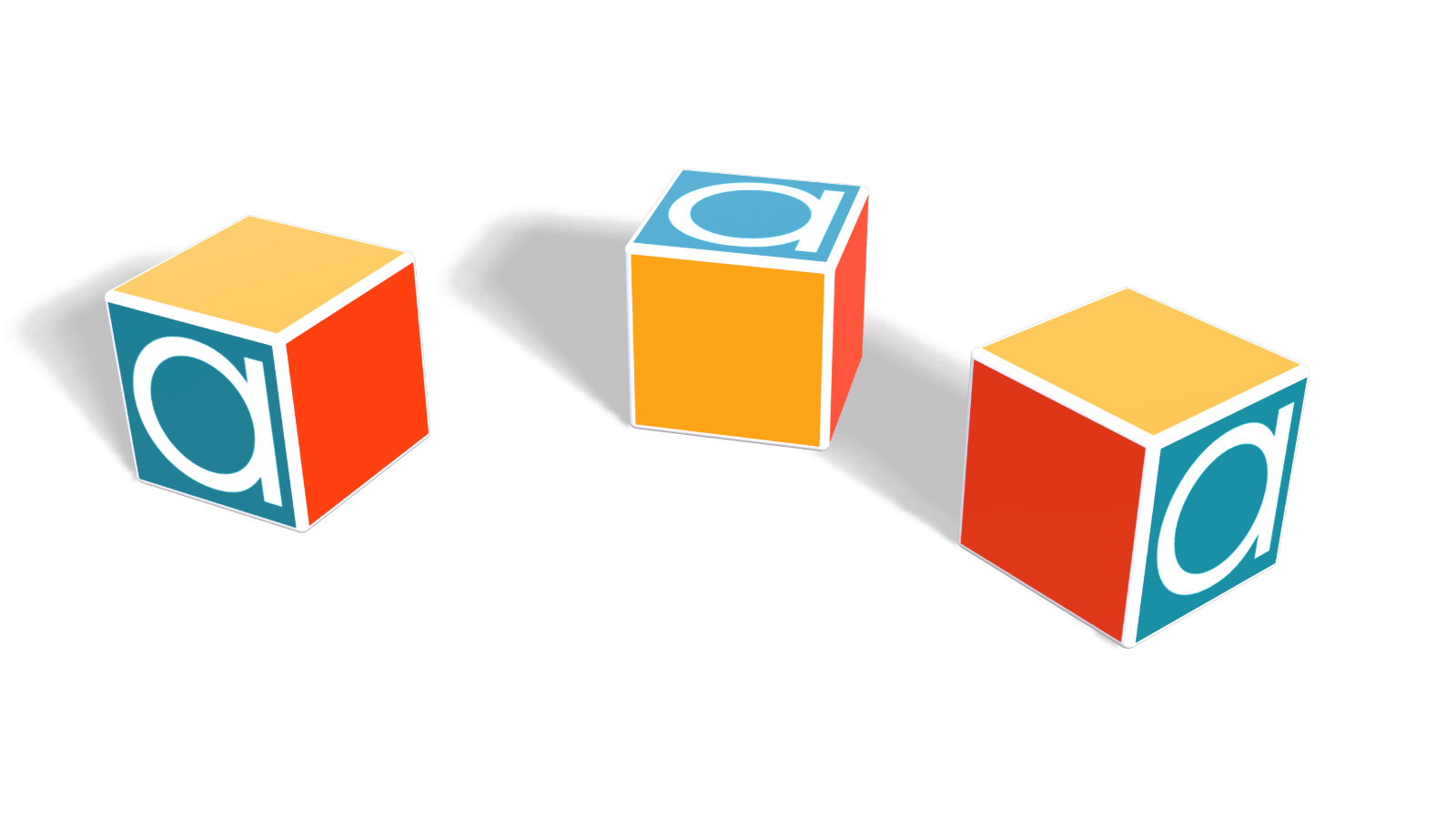You’d be surprised at some of the uses that companies make of predictive analytics – and perhaps at the kind of companies making them. Identifying soon to be pregnant women, discovering tax evaders, predicting pharmaceutical drug success rates… it seems like there’s no end to the crystal ball gazing that you can do. Right, wrong, politically correct or incorrect, the jury is still out for most of these questions. Using predictive analytics for decision making that concerns finance, ecological impact, factory profitability or other non-human entities may inspire admiration, but using the same techniques on groups of people can be a very delicate matter.
Are predictive analytics intrusive?
Hewlett-Packard has developed a predictive analytics application to forecast the probability of employees leaving. While this at first blush might seem dangerously close to spying, other people have doing something similar for years, in the form of ‘churn’ predictions: companies predict which customers are likely to turn towards competitors and target their marketing efforts to get them to stay. Not to mention the Target supermarket chain’s foray into predictive analytics in pregnancy and baby-care product marketing – a 30% growth in turnover by into predicting which customers had the most probability of rapidly becoming pregnant. But does the computerization of predictive techniques make them any less recommendable than the ‘gut-feel’ methods that existed before?
The difference between PA and BI
Business Intelligence (BI) applications show you where you’ve been and what’s happened so far. Predictive Analytics (PA) on the other hand show you what the future may have in store. If you were driving your car, your BI indicators would be your speedometer, your odometer (‘milometer’ if you prefer!), your fuel gauge, your oil pressure gauge and other similar measuring devices often found in the conventional car dashboard. Your PA would then be your global satellite positioning (GPS) system, showing you predicted time to destination, possible traffic conditions ahead, and so on.
Image source: blogs.technet.com
Fun things to do in your company with predictive analytics
In theory, you can apply predictive analytics to anything you want – as long as you have data to work on.
- Increase confidence in a particular choice of a company to buy, or market to invest in
- Select specific promotional channels for your products and services
- Dynamically price what you’re selling (football tickets, low-cost airline seats, etc.)
- Detect false claims or applications (insurance, credit)
If your company subscribes to managed IT services, then PA may already be happening in your firm without you knowing it. IT service providers use it to gain advance warning of problems, so that they can step in ahead of time, fix them, and keep your systems up and running. Medicine is getting to grips with PA as well, identifying anything from people at risk from heart disease in Hollywood to how a Brooklyn doctor can offer improved wellness programs.
Image source: Wikimedia.org
Gotta have that data!
Classical data input for predictive analytics involves structured data, perhaps in a single database table, that can be cleaned and then loaded into predictive analytics software. With the arrival of big data (and bigger data, and even bigger data), there’s no shortage of raw material. However much of what is loosely termed big data is unstructured – jottings in a text file or exchanges between members of a social media site, for example. Transforming that sort of information into something that can be used to foretell the future is no mean feat – or else you’ll have to use other methods like expert elicitation and qualitative data.









